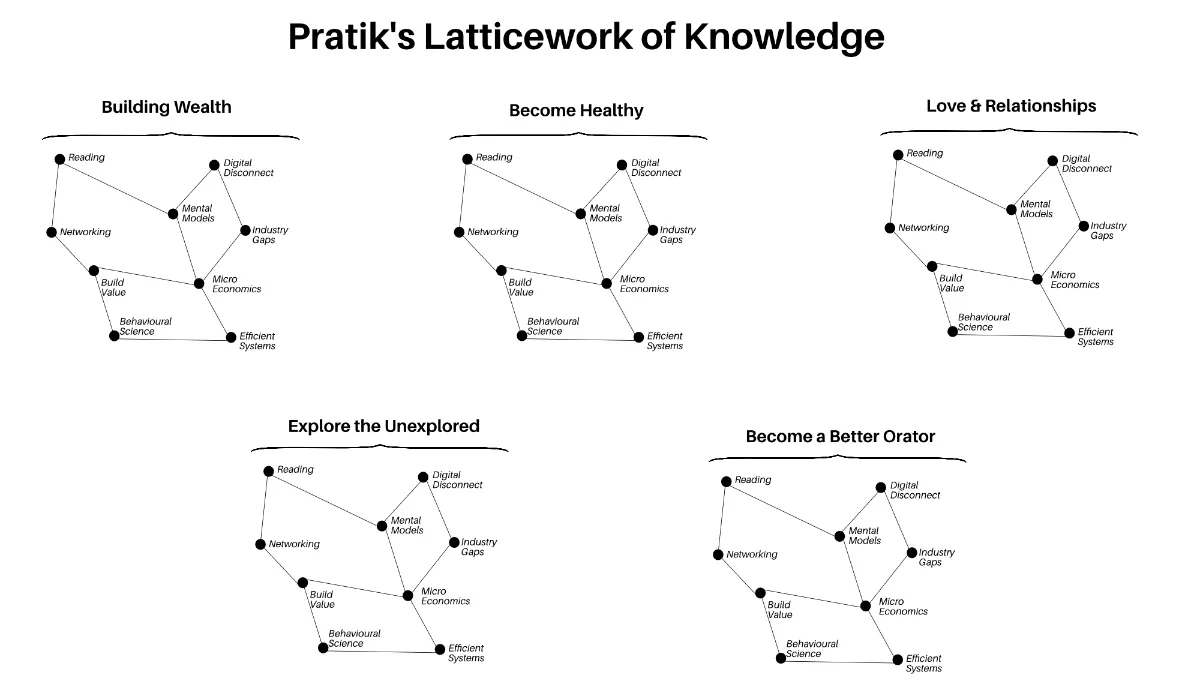It all started this Sunday while I was re-watching one of the classics, Malgudi Days. The episode, The Edge, followed the story of Ranga, the “Dhar Wala”—an expert knife sharpener who was well-respected in his small town for his skills. Eventually, he leaves for Malgudi to seek new opportunities. I won’t spoil the story, but I’d recommend watching it; it’s a simple tale that reveals so much about changing times.
What struck me about this story was how such vendors—once a common sight—are now nearly extinct. My mother reminisced about a time when services like Ranga’s were not just valued but essential. Today, these figures have largely disappeared from our daily lives. This thought led me down a rabbit hole, diving into what changed and what this shift says about our values, preferences, and the products we choose.
Old is Gold: The Lost Art of “Build to Last”

Minimalism surged in the mid-2010s, thanks in large part to social media and the growing influence of platforms like Instagram and Pinterest. Curated feeds made it seem like life should be clean, simple, and, above all, uncluttered. Influencers showcased pared-down interiors with only the essentials—neutral tones, sleek lines, and few, if any, sentimental items. By 2017, minimalism had reached peak popularity, with people seeking to own less, discard more, and live “lighter.” It was an attractive shift for a society increasingly driven by convenience and a desire for quick fixes.
But now, we seem to be shifting back. Many people are moving away from this “disposable” lifestyle, realizing that higher-quality products not only last longer but also bring deeper satisfaction. This shift toward quality might also be a quiet rebellion against the culture of replaceable, inferior goods.
Ranga, the Knife Sharpener, and the Case for “Built to Last”
As my parents pointed out, products in the past were often made to endure, creating a market for people like Ranga to maintain and extend their lifespan. Vendors like him thrived because their services helped people make the most out of what they owned, whether it was sharpening a knife or mending a chair. When products had longevity, there was a purpose for repair. The decline of artisans like Ranga is a clear signal of how our disposable mindset has reshaped industries.
The Shifting Core Values in 2024: What Matters?
It’s not just that products have changed—our very values as consumers have evolved. While the universal human values of love, truth, and peace remain, today’s culture has layered on a few more, shaped by technology, social dynamics, and economic shifts. Here’s how these modern values define today’s consumer choices:
1. Identity
People are more selective about brands and products that resonate with their identity. We seek items that reflect who we are (or who we want to appear to be) and find brands that share our beliefs. This shift makes consumers look beyond functionality—they’re buying values and a sense of self.
2. Escapism
With anxiety-inducing content around every corner, people crave experiences and products that let them unplug. Whether it’s an outdoor adventure, a cooking class, or a digital detox, many consumers are drawn to products that promise escape and reconnect them with something real.
3. Empathy
Despite social media’s connectivity, many people feel more isolated than ever. There’s a growing demand for products that foster real connection and community. Brands that embrace empathy and inclusivity are connecting with this need for genuine relationships.
4. Sustainability
As environmental awareness grows, so does the value of sustainability. Consumers want products that respect the planet and look for brands with ethical practices. We’re slowly shifting from “more” to “better,” favoring quality over quantity and even opting to pay a premium for sustainable choices.
5. Social Status
Here’s where things get interesting: social media has turned validation into a currency. Likes, shares, and comments are today’s social points, driving people to purchase items with a clear social status signal. This status-seeking isn’t new, but it’s now amplified by algorithms and our constant need to share.
6. Health & Wellness
Health is the new wealth. With an increasingly sedentary lifestyle, people are prioritizing wellness, choosing products that enhance well-being, even if they come with a higher price tag.
7. Convenience
In our fast-paced lives, convenience often trumps other considerations. People are willing to pay more for anything that saves time or simplifies life, from meal kits to digital assistants. Businesses have capitalized on this demand, reshaping industries to deliver instant gratification.
The Paradox: Cheap Products vs. Premium Goods

In a world where disposable, lower-quality items are the norm, it’s fascinating to see the polar opposite trend of luxury items becoming status symbols. Take the iPhone in India: an iPhone costs nearly half of the country’s GDP per capita, yet it sells like hotcakes. For many, it’s less about functionality and more about the social status it represents.
This contrast—between cheap, disposable products and high-end luxury items—reveals the dual nature of modern consumer values. On one end, we tolerate lower quality in exchange for affordability; on the other, we’re willing to spend extravagantly on goods that signal success or prestige.
Products as Social Signaling Goods
In our social-media-driven world, products increasingly serve as social signals. The “right” brand or gadget isn’t just about personal preference; it’s a form of social capital. The type of phone you own, the coffee you drink, or the brand of shoes you wear often says as much about your social standing as it does about your taste. These products function as markers, signaling wealth, lifestyle, or values to our peers.
Brands are keenly aware of this and often craft their marketing to highlight these social implications. The iPhone, for instance, is no longer just a smartphone—it’s a lifestyle choice and a marker of identity.
Conclusion: Revisiting What We Value
The fading presence of artisans like Ranga and the rise of disposable goods paint a stark contrast to the high-margin luxury items flooding today’s market. Ultimately, what drives the difference between products that struggle with thin margins and those that command premium prices comes down to one core factor: social status.

For Founders reading this, if your products elevate social status for an individual—the ones that are more than just functional but resonate as symbols of success, style, or personal identity—are in a unique position to demand higher prices and enjoy greater gross margins. Consumers are not just buying items; they’re buying signals, identities, and affirmations from their social circles. The iPhone is a perfect example: it’s not simply a phone but a badge of sophistication and a token of status, allowing Apple to maintain both premium pricing and high margins.
The trend shows that, in today’s market, the perception attached to a product can be as valuable as its function. For companies, this means that products thoughtfully designed to reflect consumers’ aspirational values can justify premium pricing. By strategically aligning products with social identity and status signaling, brands can cultivate a customer base willing to pay more, seeing the purchase as an expense and an investment in self-image.
So, here’s the takeaway: if your product helps consumers enhance their social status, it’s likely to command higher margins. In an era where identity and status carry weight, businesses that tap into these needs can build more loyal and profitable followings. After all, in a world increasingly driven by perception, products that elevate the consumer’s image elevate the bottom line too.
Keep Building better,
Pratik.



